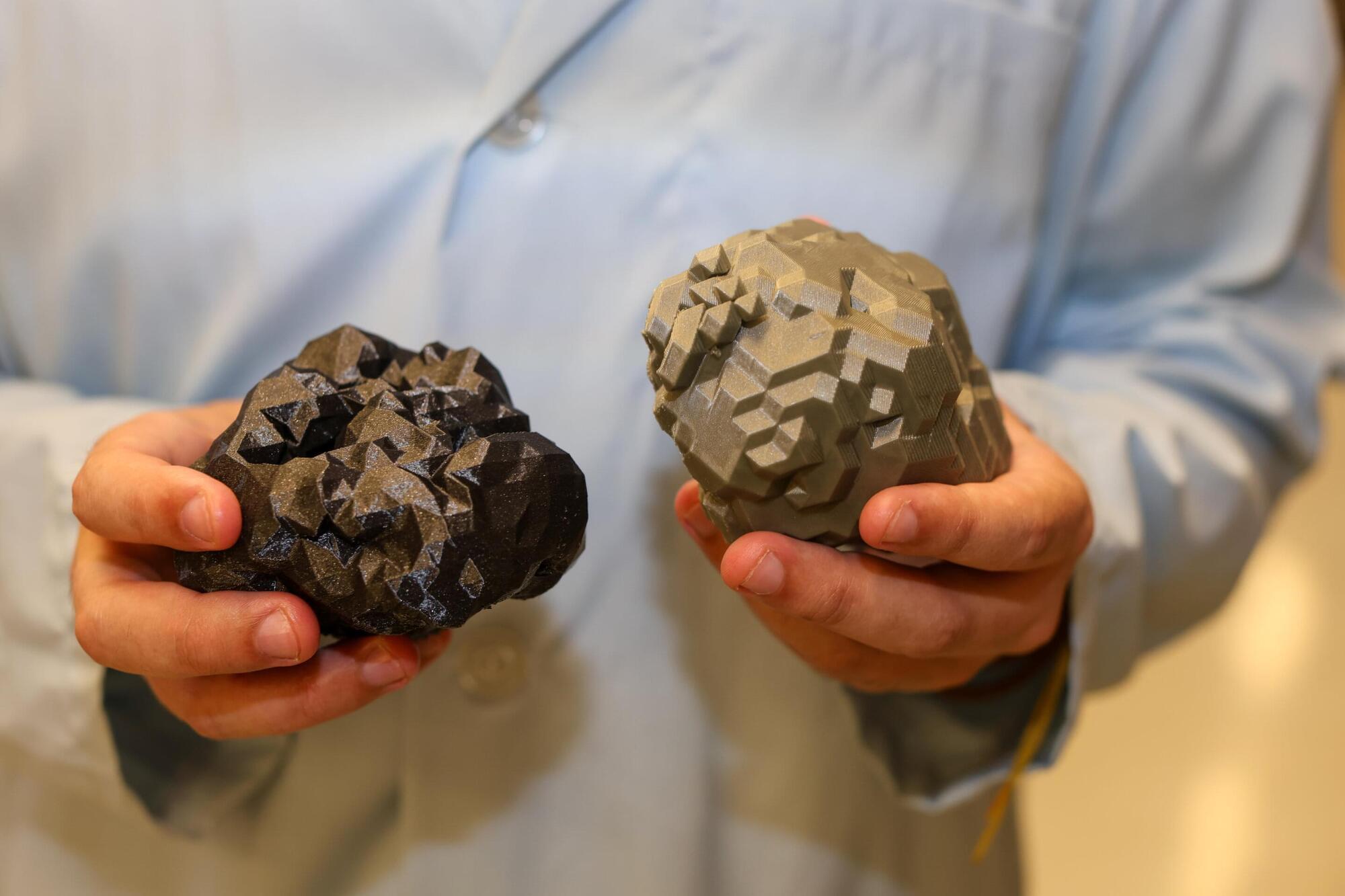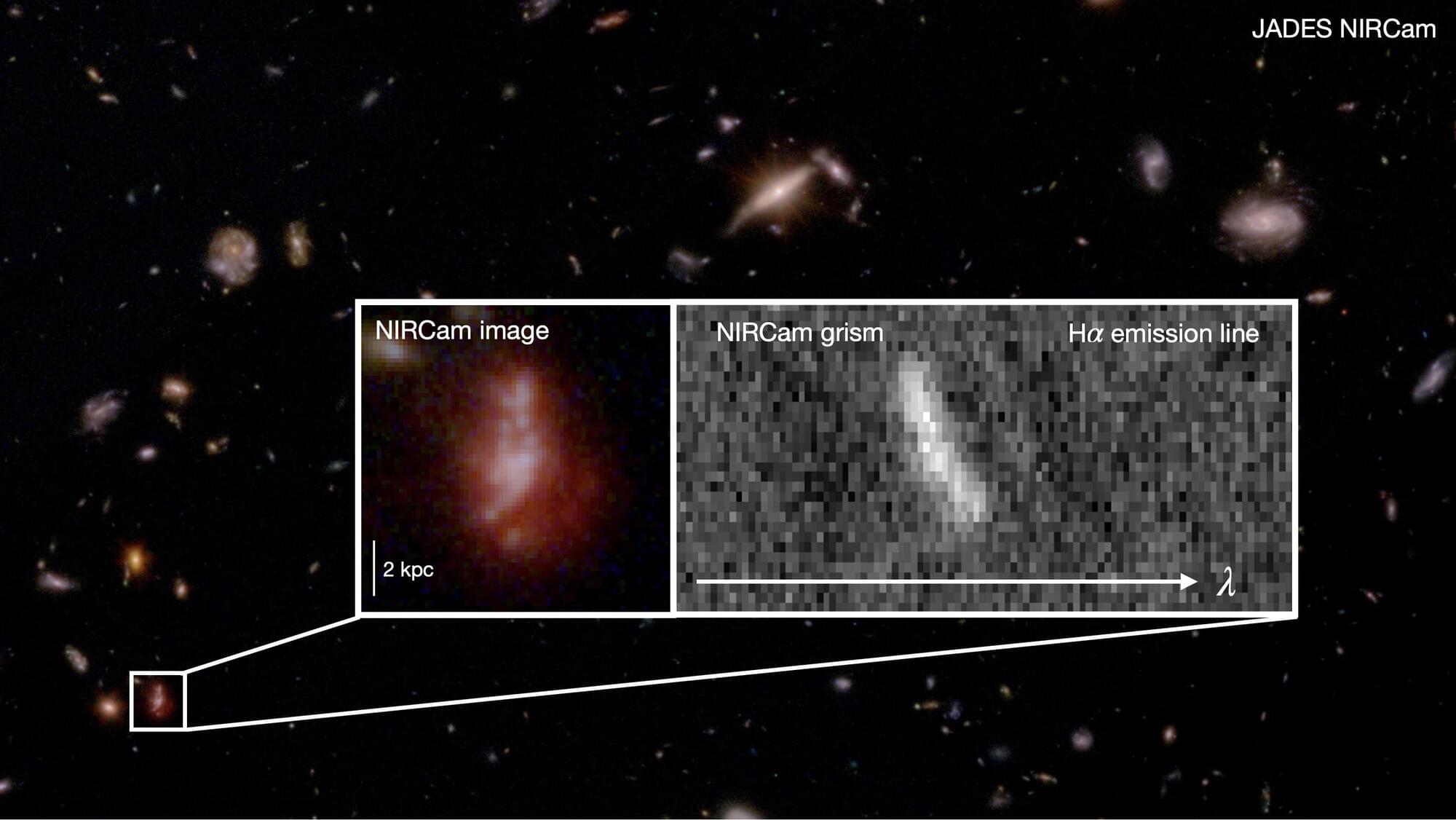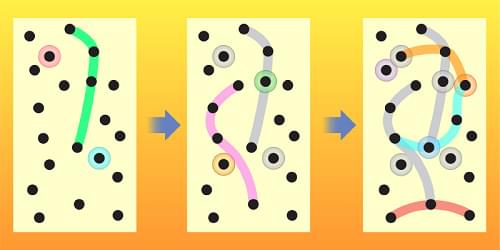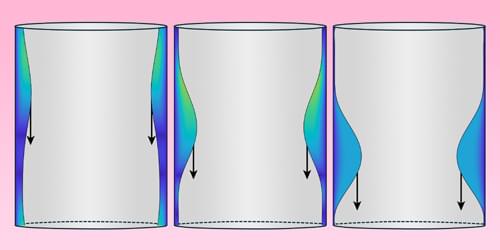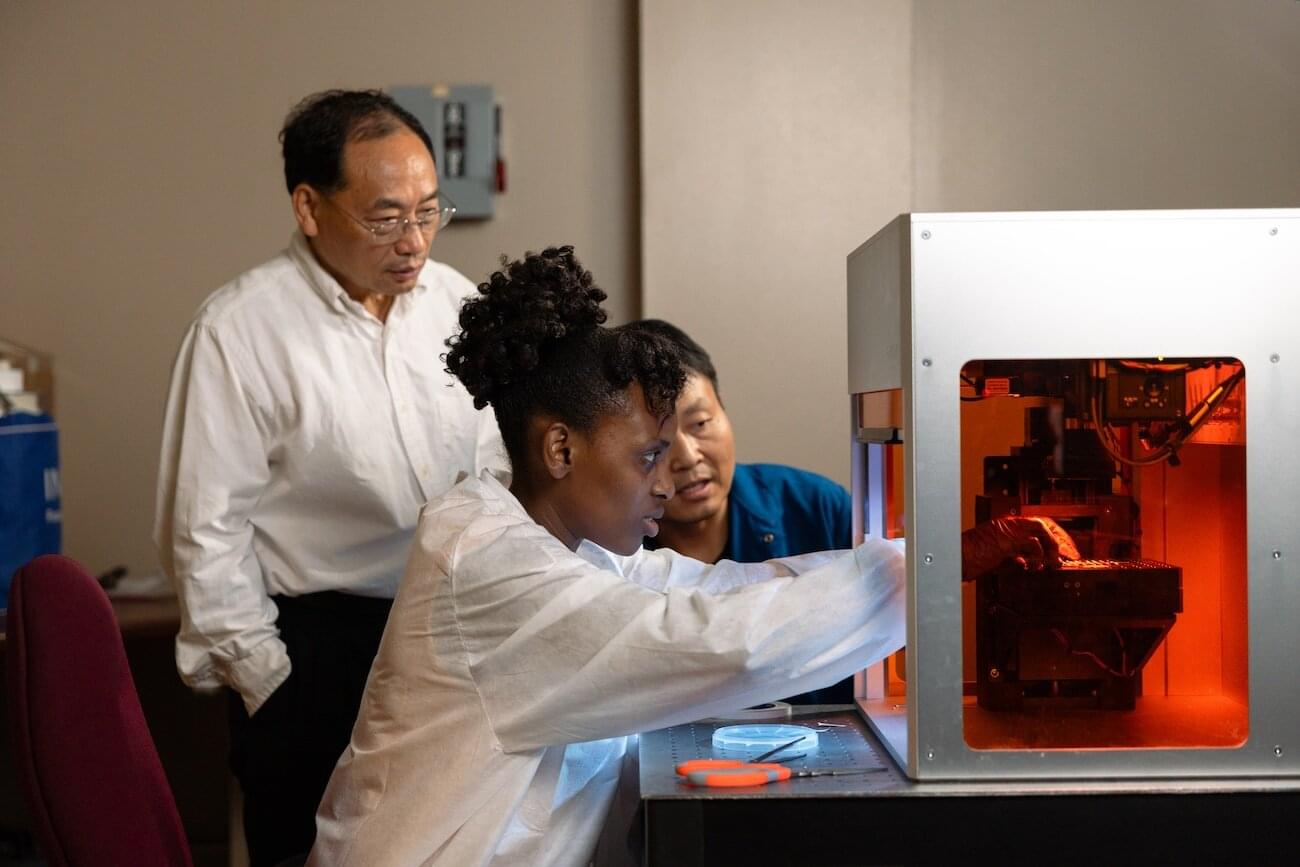Lipid nanoparticles (LNPs) are the delivery vehicles of modern medicine, carrying cancer drugs, gene therapies and vaccines into cells. Until recently, many scientists assumed that all LNPs followed more or less the same blueprint, like a fleet of trucks built from the same design.
Now, in Nature Biotechnology, researchers from the University of Pennsylvania, Brookhaven National Laboratory and Waters Corporation have characterized the shape and structure of LNPs in unprecedented detail, revealing that the particles come in a surprising variety of configurations.
That variety isn’t just cosmetic: As the researchers found, a particle’s internal shape and structure correlates with how well it delivers therapeutic cargo to a particular destination.
